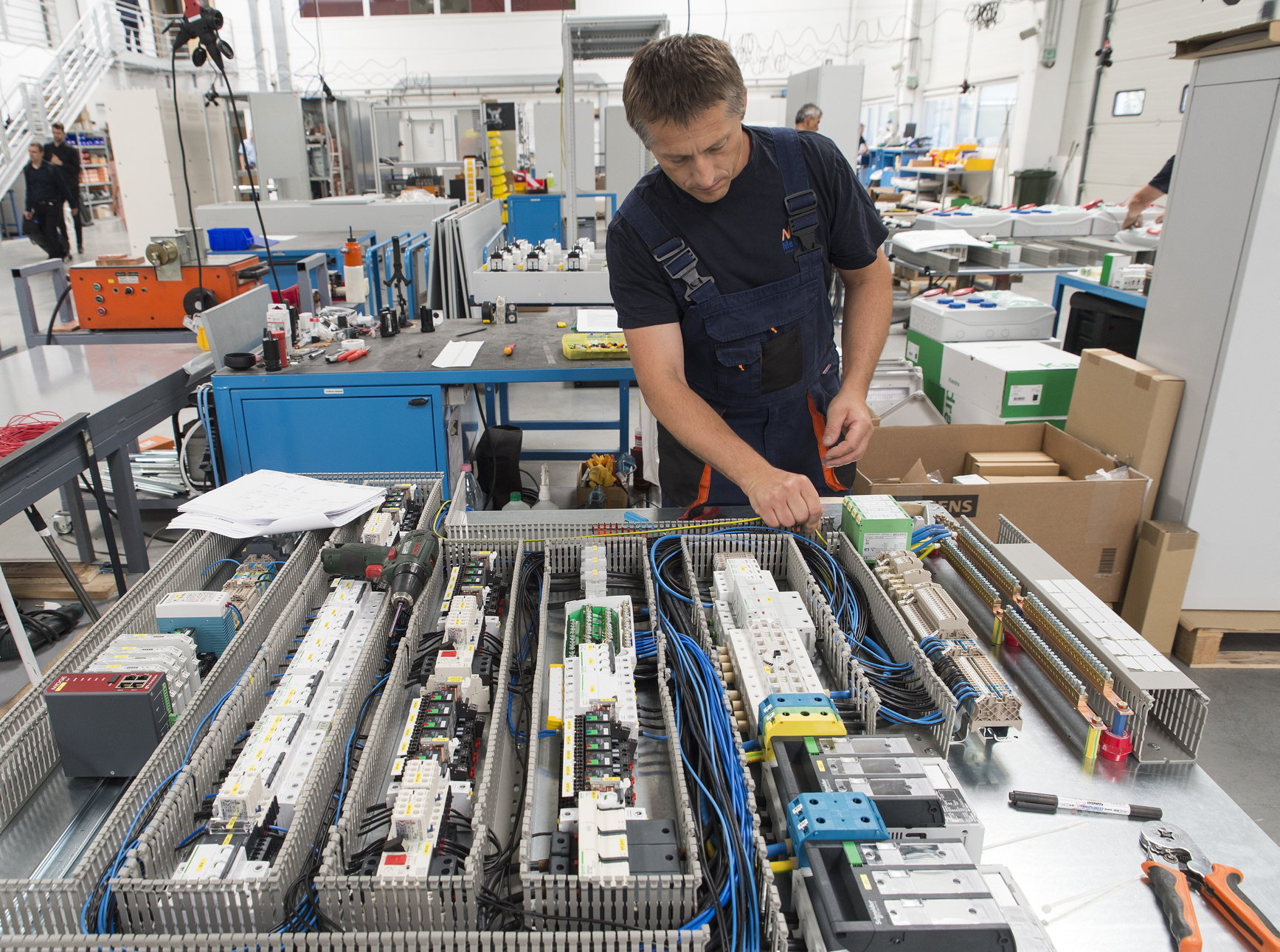
The automotive sector, the biggest segment of Hungary's industry, grew again after declining for six months.Continue reading

Industrial output grew by an annual 4.5 percent in February, the Central Statistical Office (KSH) said on Tuesday.
Output of the automotive segment fell “by a small degree”, while output of the other two big manufacturing segments, computer, electronics and optical equipment, and food, drink and tobacco products, increased. The expansion in the food segment was over headline industrial sector growth, KSH added.
Month on month, output grew by 1.6 percent, based on seasonally and working day-adjusted data.
In January-February, unadjusted output grew by an annual 6.6 percent.
Commenting on the data, Takarékbank analyst Gergely Suppan said industrial output had outperformed expectations thanks to better supply chain performance. Carmakers trust that the global chip shortage can ease by the second half of the year thanks to investment in additional capacities, leading to a jump in industrial production, Suppan said. He put full-year industrial output at around 5 percent.
ING Bank chief analyst Péter Virovácz said Hungarian industry had “returned to normal” in early 2022, though the impact of the war in Ukraine was not yet discernible in the February data. Despite the industrial output growth seen in January and February, the war and resulting sanctions make continued growth unsustainable, he said. All in all, annual industrial performance is “almost unpredictable”, Virovácz said, adding that the sector likely had another year mired by economic shocks ahead of it.
Dániel Molnár of economic research institute Századvég said that despite the impact the war was expected to have on March industrial output data, industrial production was still set to contribute positively to first-quarter economic growth. The level of industrial output in the second quarter, however, would depend on how long the war will last and how long energy prices will remain high, he said.
Featured photo illustration by Csaba Krizsán/MTI